Early Warning & Alert System launches to help protect civic space
April 2, 2025
Italy: civic regression & organizations’ resilience
April 2, 2025On October 29, 2024, Spain was struck by a DANA (Isolated Depression at High Altitude), an extreme weather event that triggered torrential rains and devastating floods. The most affected regions were the Valencian Community, Murcia, Andalusia, and parts of the Mediterranean coast, where 227 people lost their lives, and thousands saw their homes and livelihoods severely damaged or destroyed.
However, in addition to facing the devastation on the ground, organizations also had to confront a parallel storm: disinformation. From the earliest days of the emergency, false information and rumours spread widely, casting doubt on their work and generating confusion.
Data in context: the real scope of the response
The Spanish Association of Fundraising (AEFr) notes that in times of high emotional impact, it’s easy to turn to simplified explanations for complex situations, but that information needs context in order to be truly useful and truthful.
It has compiled a set of key data in an infographic that reflects the coordinated humanitarian effort carried out by NGOs during the emergency. This analysis required meticulous work and highlights the solidarity demonstrated by these organizations at the most critical moments.

The figures presented are based on data collected up to February 1, 2025, and were provided by AEFr member organizations. While not all activity is captured—especially that of local entities—the numbers reflect the scale of an unprecedented mobilization.
An unprecedented response
- Over 322,000 people received humanitarian assistance in the first few weeks.
- 75,000 families were supported with essential resources.
- More than 160,000 food kits and 40,000 hygiene kits were distributed.
- 5,000 kg of medical supplies were delivered, along with blankets, beds, mattresses, household appliances, and furniture.
- 28 shelters were set up in 21 municipalities, providing refuge to 953 people who had lost their homes.
The power of volunteers and logistics
- Over 9,000 volunteers and 500 trained professionals were deployed on the ground.
- 400 rescue and relief teams were mobilized.
- More than 60 logistics hubs were activated to coordinate aid distribution.
- 48 trucks, 20 mud-clearing vehicles, 19 water pumps, and 14 ambulances were used to ensure a rapid and effective response.
The obstacle of disinformation
The emergency brought not only destruction but also a wave of misleading claims and hoaxes aimed at discrediting NGOs and undermining trust – right when help was most urgently needed. Disinformation slowed down the response, created confusion among potential donors, and jeopardized fundraising efforts at a critical time.
The Spanish Fundraising Association notes that these false narratives “not only disrupted field operations but also undermined public trust, weakening social solidarity in one of the most delicate phases of the crisis.”
Ongoing reconstruction: a long-term commitment
The actions described here belong to Phase 1 of the emergency response, focused on meeting the most urgent needs. But, the association adds, the work of NGOs is far from over: “Today, long-term recovery programs are being implemented – vital for rebuilding communities and restoring lives.
“Solidarity doesn’t end when the headlines fade. It takes the shape of long-term support, rehabilitation, and reconstruction. And for that work to continue, trust in NGOs is more essential than ever.”
Main picture by Victor Moragriega on Pexels




